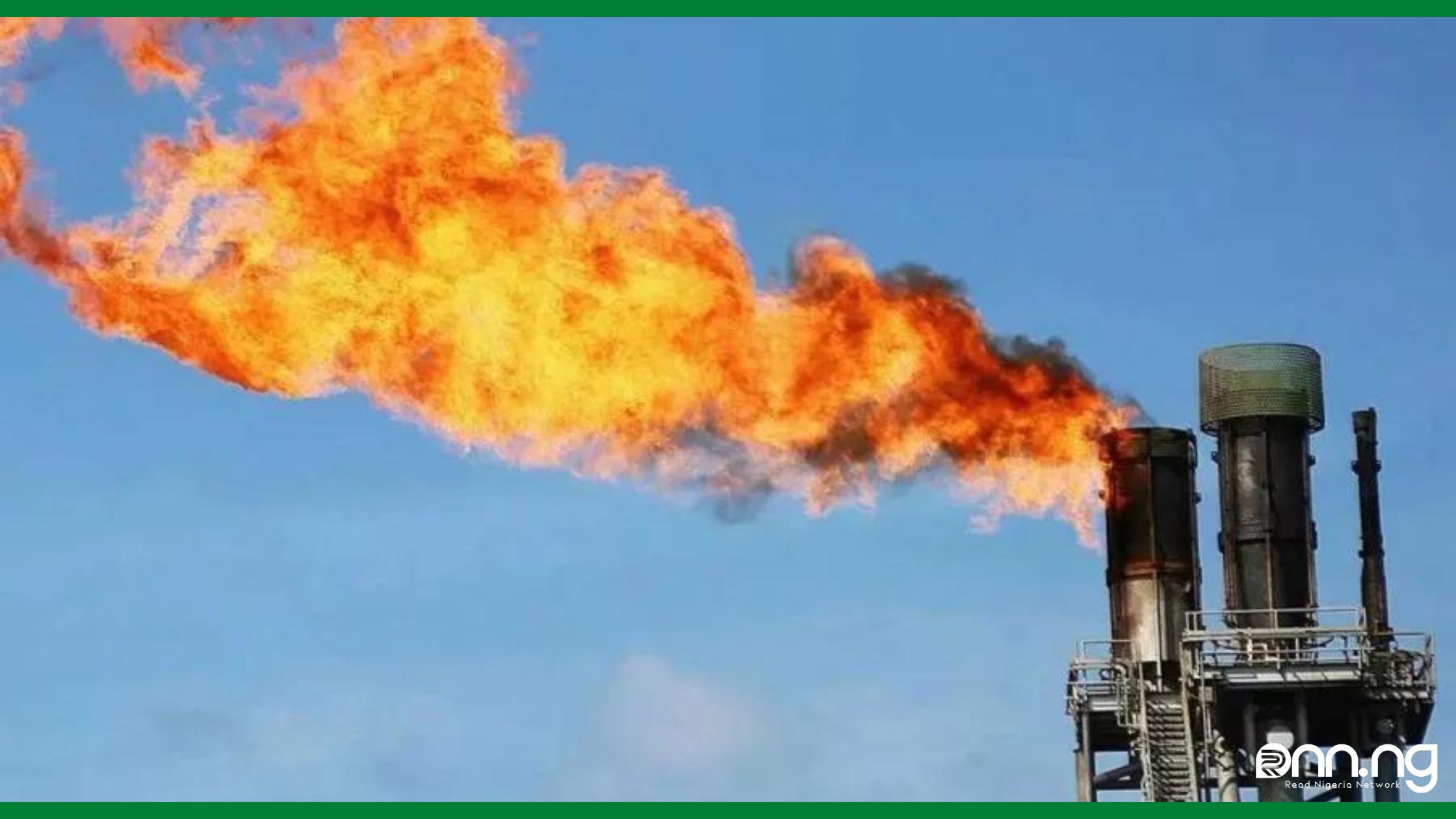Business News
In Sept, NNPC burned all of its gas output and earns zero revenue
According to the NNPCL, the total gas consumed in September included 9 BSCF for fuel gas, 48 BSCF for Nigerian Liquefied Natural…

Nigerian National Petroleum Company Ltd, the country’s state oil company, flared 100% of its gas output in September and received no money from it during this time, despite the federal government’s policy on gas monetisation and its commitment to the United Nations to achieve net zero emissions by 2060.
The NNPCL’s subsidiary, Nigerian Petroleum Development Company, was one of the worst offenders in September for gas flaring, according to data obtained by The PUNCH on the company’s gas production and utilisation. The company and its joint venture partners, Seplat Petroleum Development Company and NPDC-Chevron Nigeria, each flared 100% of their respective monthly gas outputs of 106 million standard cubic feet and 7 million standard cubic feet.
The company added that Belema Oil and Newcross Exploration and Production Ltd respectively flared 96% and 75% of their respective 112 million and 21 million standard cubic feet of gas.
According to the report, 10 billion SCF of gas was flared in the month of August, compared to 8 billion SCF in the month under review, or 5% of the total gas output for the month.
This occurs while the nation struggles with a financial shortage as a result of a reduction in oil revenue brought on by a sharp decline in oil output, which fell to below 1 million barrels per day, the lowest level in 32 years.
Since the government’s debt reached an all-time high of N42.84 trillion in June, it has been highly reliant on borrowing to fund its operations.
The reason why the company flared all of its gas production for the month was not disclosed in the NNPCL gas production and utilisation data. Garba Deen, the company’s spokeswoman, did not return calls or messages left for him.
With a total output of nearly 25 BSCF (Billions of standard cubic feet) of gas, Mobil was the top gas producer in the month under review. Of that amount, it used 23 BSCF and flared 1.6 BSCF.
Chevron Nigeria produced about 24 BSCF of gas, out of which it used 23 BSCF and flared 0.2 BSCF of gas, and Total Energies Nigeria produced about 23 BSCF of gas, out of which it used 22 BSCF and flared 0.6 BSCF of gas. Shell Nigeria came in second with a total gas output of about 25 BSCF, using 24 BSCF and flaring 0.5 BSCF.
READ MORE: Nigerians are paying higher for cooking gas cylinder refills – NBS
“These government agencies like to do whatever they like because there is no punishment. If government agencies cannot obey the law, then, what do you expect from private organisations,” he queried.
He said this was not good enough for the country because the public sector is supposed to be the first to obey the law.
“This is unfortunate because the same NNPCL would refuse to pay anything into the account claiming that they are private entities as if the natural resources belong to an individual.
“NNPCL should be punished according to the rule of law,” he said.
Further examination of the information revealed that from 146 BSCF in August 2022, the total gas output by the nation’s oil and gas businesses increased by roughly 2% to 149 BSCF in the month under review.
In comparison to the 4.8 BSCF recorded in August, the breakdown of output for September equates to a daily average of roughly 4.9 BSCF.
The national oil company estimates that 43 BSCF of the output was non-related gas and that 106 BSCF was associated gas.
The corporation reported that in the month under examination, 140 BSCF of gas—or 94% of the entire gas output—was used, as opposed to 136 BSCF, or 93% of the total gas, produced in August 2022.
According to the NNPCL, the total gas consumed in September included 9 BSCF for fuel gas, 48 BSCF for Nigerian Liquefied Natural Gas, 8 BSCF for the Escravos Gas to Liquid project, and 2 BSCF for natural gas liquids and liquefied petroleum gas.
Additionally, the organization said that 50 BSCF of gas was reinjected and used for gas lift make-up, while 22 BSCF of gas was designated for domestic supply through the Nigerian Gas Company and others.
